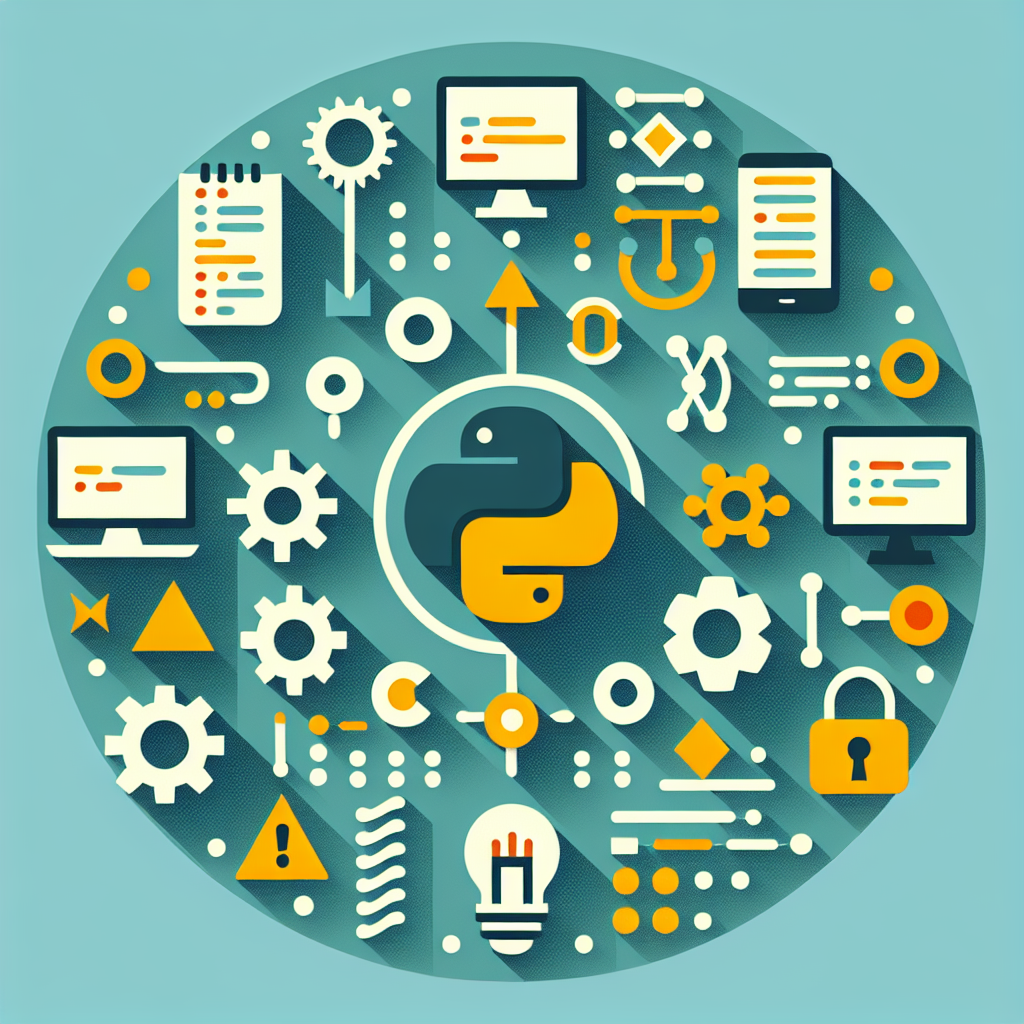C++ to Python Converter: Simplify Code Transition
Effortlessly convert C++ to Python with our intuitive tool. Boost productivity, save time, and enhance coding efficiency. Try it now for seamless code transformation!
Source Code
Converted Code
Output will appear here...
The C++ to Python Converter is a powerful tool designed to seamlessly transform C++ code into Python, enhancing cross-language compatibility and accelerating development workflows. Ideal for developers looking to leverage Pythons simplicity while maintaining C++ functionality, this converter ensures efficient code translation with minimal manual intervention. Key benefits include reduced development time, increased code readability, and the ability to integrate Pythons extensive libraries with existing C++ projects.

Efficiently Convert C++ Code to Python Link to this section #
The 'C++ to Python' tool is designed to streamline the conversion process between two of the most popular programming languages, C++ and Python. Whether you're transitioning an entire project or just a few snippets, this tool can save time and reduce errors.
Key Features: Link to this section #
- Automated Conversion: Translates C++ syntax into Python, minimizing manual effort.
- Code Optimization: Suggests Pythonic idioms for more efficient and readable code.
- Error Detection: Identifies potential issues during conversion to maintain code integrity.
Why Convert C++ to Python? Link to this section #
- Ease of Use: Python's syntax is simpler and more readable compared to C++, making it suitable for rapid prototyping.
- Extensive Libraries: Python offers a rich ecosystem of libraries, especially for data science, machine learning, and web development.
- Cross-Platform Compatibility: Python is inherently cross-platform, facilitating seamless deployment across different operating systems.
Example Conversion: Link to this section #
C++ Code: Link to this section #
#include <iostream>
using namespace std;
int main() {
cout << "Hello, World!" << endl;
return 0;
}
Python Equivalent: Link to this section #
print("Hello, World!")
Best Practices: Link to this section #
- Manual Review: Always review the converted code for nuances that automated tools might miss.
- Testing: Ensure the converted Python code passes all relevant test cases.
- Refactoring: Utilize Python's features, such as list comprehensions and dynamic typing, to enhance code quality.
Additional Resources: Link to this section #
Embrace the flexibility and power of Python by converting your C++ projects with ease. This tool bridges the gap between these languages, enabling you to leverage the best of both worlds.
Frequently Asked Questions
What are the main differences between C++ and Python?
C++ is a statically typed, compiled language known for its performance efficiency and low-level memory manipulation capabilities, making it ideal for system/software development and game engines. Python, on the other hand, is a dynamically typed, interpreted language known for its simplicity and readability, making it popular for web development, data analysis, and scripting.
How can I convert C++ code to Python?
Converting C++ code to Python involves translating the syntax and logic manually, as there is no direct automated tool to achieve this due to differences in language paradigms. You need to rewrite C++ constructs using Python equivalents, keeping in mind differences such as data types, memory management, and standard libraries.
Is Python slower than C++ and why?
Yes, Python is generally slower than C++ because Python is an interpreted language, which introduces an additional layer of execution overhead. C++ is compiled to machine code, allowing it to run directly on the hardware which results in faster execution. Additionally, Python's dynamic typing and garbage collection can add to the performance overhead.